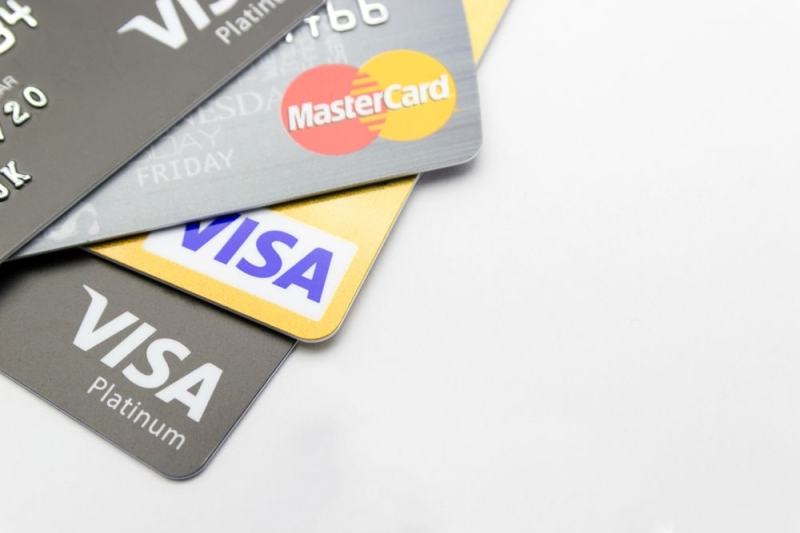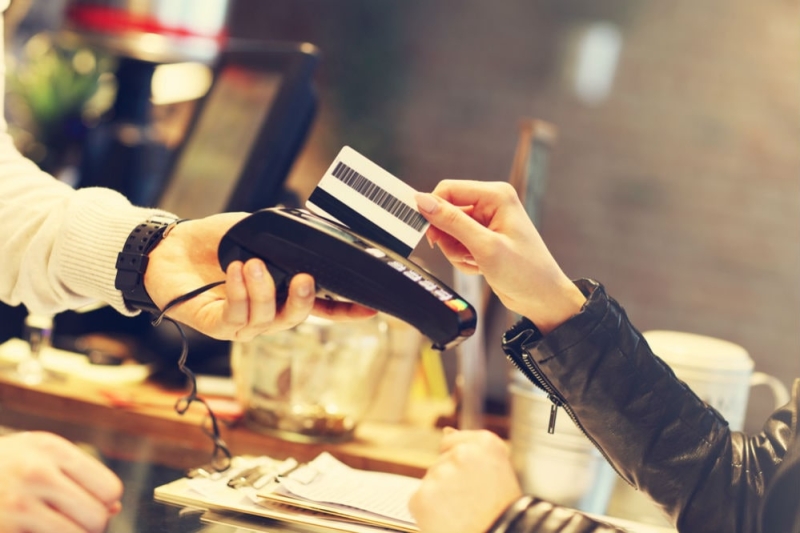
Paying with a card for goods and services in your home country is easy. There is no conversion into foreign currency, information about possible commissions is available in Russian. Even if you use several cards from different banks, over time you can remember which one is better suited in a given situation. Another thing is shopping abroad. Here, even experienced travelers ask questions: which card to pay, how much interest they will charge and for what, whether to withdraw money from ATMs? We have figured out this topic and will help you.
What cards are there

Photo: Natapob/Shutterstock.com
The most popular and widespread payment systems are Visa and MasterCard. Both are American, but have long become international corporations with offices around the world. If you just apply for a debit or credit card at a bank, it will be linked to one of two international payment systems that are accepted all over the world. Exception: some countries have national payment systems. For example, JCB in Japan or China UnionPay in China. Visa and MasterCard payments are not accepted everywhere, and there may not be many international ATMs.
How funds are written off

Photo: Monkey Business Images/Shutterstock.com
Suppose that you have a ruble card from a Russian bank. Payment system – Visa. You buy a backpack in a sports store in France and want to pay for the purchase with a card so as not to lose on bank commissions for withdrawing cash from an ATM (more about ATMs at the end of the material).
This is what will happen:
1. The cashless payment terminal in the store will send a request to the bank that services the store.
2. The bank will forward it to the Visa payment system.
3. The payment system will contact your Russian bank with the question: “Is there money on the card for purchase or a credit limit?”
4. The bank will answer that it is and will write off the funds from the card.
5. The payment system will transmit this information to the bank in France.
6. The bank will confirm the debit.
7. The terminal will carry out the operation and print a receipt.
Who takes commissions

Photo: Wasant/Shutterstock.com
This is the most important thing: the payment system “communicates” with banks in a certain currency – it is called the “settlement currency”. And since both payment systems are American, and the dollar is still the most common world currency (and bitcoins have not yet replaced dollars),
then transactions between banks and systems are most often conducted in dollars. However, it can also be euros – in the case of European banks. In the case of Russian ones, there may be rubles. Depends on how each bank in each country negotiates with the payment system. The terms of conversion and the size of the commission are affected by the relationship between three participants: your bank, the bank of the seller of goods or services, and the payment system.
In the example with the backpack, rubles are converted into euros at the rate of the Visa payment system – as a rule, it is the system that sets it if your bank pays it in rubles. In addition, the bank can add from 1 to 5% commission for performing a transaction using a ruble card abroad. If the card was in euros and the bank paid the system in euros, there would be no conversion or commission. You would simply pay in euros in France, just like at home in rubles using a ruble card.
Where to go with this or that card

Photo: Ollyy/Shutterstock.com
It is believed that Visa pays with banks in dollars, and MasterCard – in dollars and euros, which means it is more profitable to travel with the first to the USA, and with the second – to Europe. This is wrong. The systems are not tied to specific countries and regions. In general, using cards in dollars or euros is indeed more profitable, but this does not guarantee the absence of commissions charged by the bank that issued your card, as well as possible conversions from one currency to another, even if the payment currencies and the card are the same. We have already learned that banks and payment systems themselves decide in what currency to make payments. In some cases it may be rubles. In addition, there are many foreign currencies. And then it may be more profitable to pay with a ruble card.

Photo: Robert Kneschke/Shutterstock.com
What about other currencies? If you pay for purchases in countries where the currency is different from the dollar or euro, then there may be a double conversion . Let’s imagine that you buy a Lego constructor in Denmark using a ruble MasterCard card. If the currency of the bank’s settlements with the payment system is rubles, then the system immediately converts them at its rate into Danish kroner, and not dollars or euros (here the bank can also add its own commission of up to several percent). If the payment currency is dollars or euros, the payment system will convert Danish kroner into one of the two currencies, and your bank will convert it into rubles at its own rate. Double conversion. In such cases, using a ruble card may also be more profitable.

Photo: Kamil Macniak/Shutterstock.com
Can there be more commissions?In some stores, when paying with a card, you may be asked in what currency you want to pay for the purchase: local or other currency – it can be dollars, euros or rubles. You should always choose the local currency, no matter how strange it may seem. For payment in rubles, the store’s bank can set its own additional commission and there will be a triple conversion if the card and payment currencies differ. This can happen, for example, in China if you are offered to pay for a purchase in yuan or dollars. Choose yuan, even if you have a dollar card. One currency will turn into another, but you will avoid triple conversion.

Photo: GaudiLab/Shutterstock.com
How to know if I have a good card? Before you travel, contact your bank and ask about conversions and fees on your Visa card or MasterCard in certain regions and countries. Sometimes, even if the settlement currency of the bank and payment system does not match the purchase currency, but, for example, you have a card in euros and you pay with it in euros, the bank may take on a commission.
When to withdraw from ATMs

Photo: djile/Shutterstock.com
At ATMs abroad you can withdraw dollars, euros or other local currency even from a ruble card.
The same principles apply here as when paying by card in a store – conversion from one currency to another, but adds a fee for cash withdrawals, which your bank may set. The bank may also limit the amount you can withdraw at one time.
Withdrawing cash abroad from any card frequently and in small amounts is not profitable. It is better to change a small amount of money for the first time before the trip at a bank or exchange office. When traveling, pay with a card wherever possible, and only withdraw large amounts from ATMs for situations where you might need cash. For example, you are going to a sparsely populated island and there may not be ATMs or banks there.
On OneTwoTrip you can book hotels abroad and pay for them with a Russian bank card. When booking hotels abroad, select the “Pay Now” option.
Preview photo: George Rudy/Shutterstock.com

